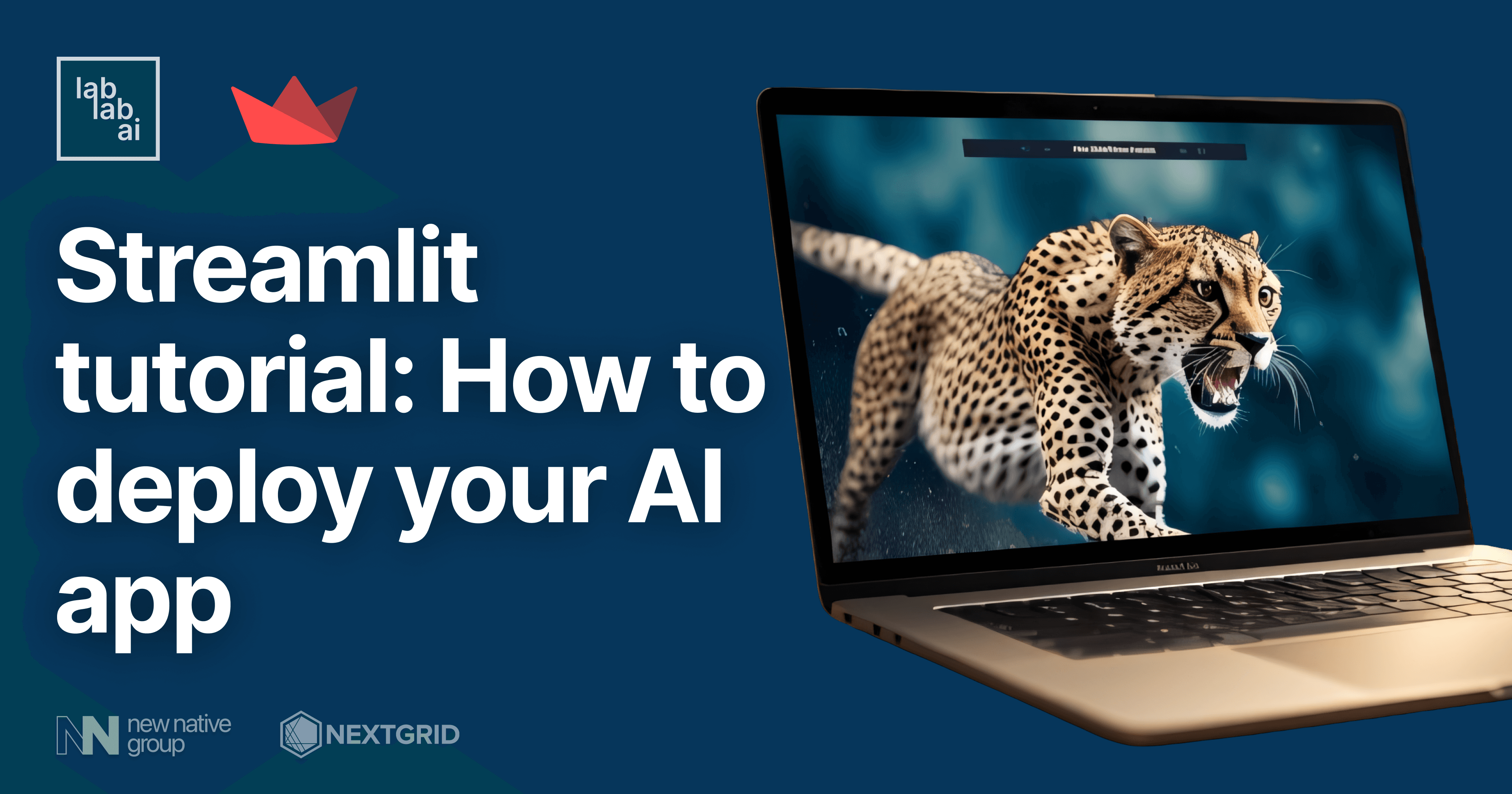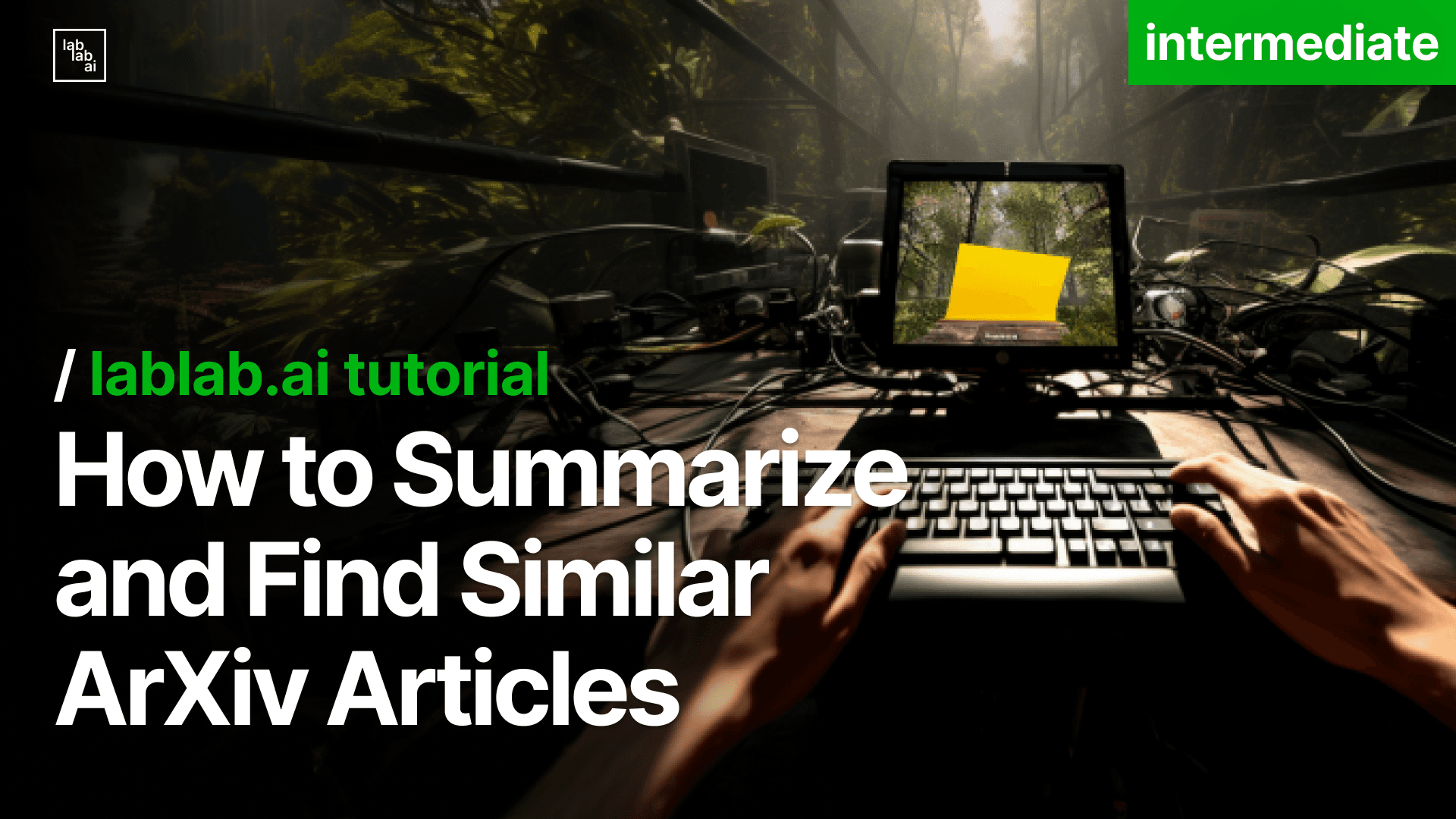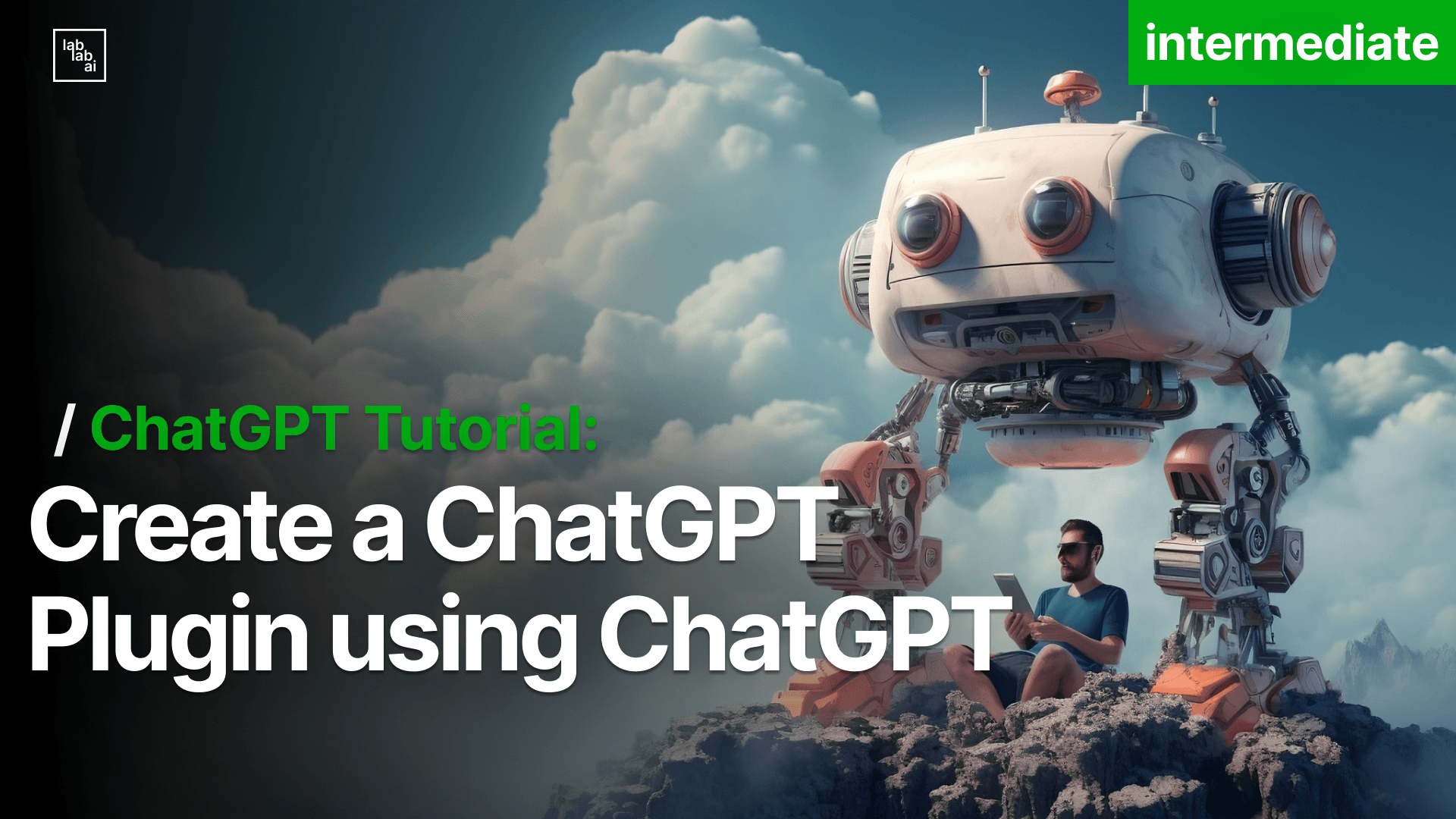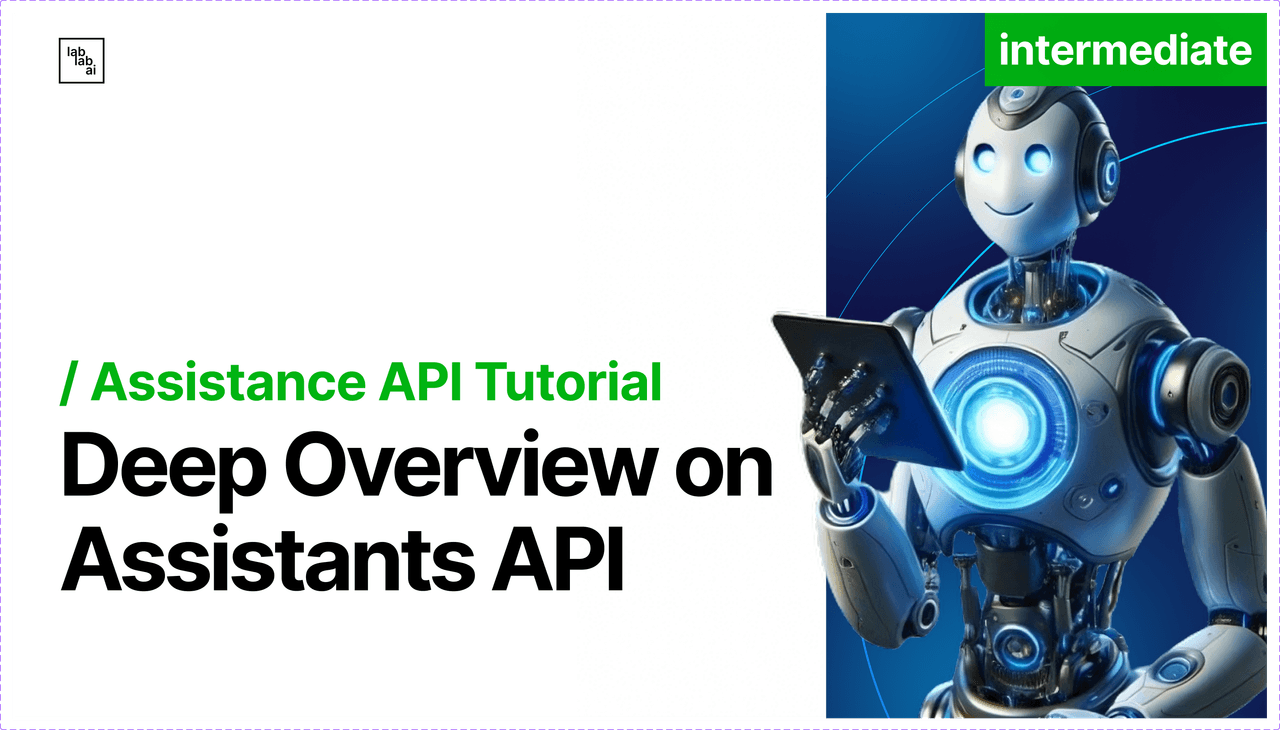Day 1/12 OpenAI: The Unleash of O1 and Pro Tier
Day 1/12: OpenAI Unleashes O1 and Pro Tier
OpenAI has been quietly focused on safety updates and partnership announcements for months. Then today, OpenAI dropped a tweet that got the entire tech community buzzing: "12 days of OpenAI starts tomorrow. something new every day." What followed wasn't just another incremental update or careful beta release - it was the start of something unprecedented in AI development.
Day 1 launched with two massive announcements that immediately showed OpenAI wasn't playing small ball. First, they unveiled the full version of O1, their most advanced model yet, fixing everything from those infamous response delays to adding genuine multimodal understanding. Then they introduced ChatGPT Pro, a new $200 monthly tier that unlocks capabilities power users have been dreaming about.
The timing couldn't be more perfect or more surprising. Just as the AI community was celebrating ChatGPT's second birthday and the tech world was winding down for the holidays, OpenAI decided to turn December into what might be the most intense innovation sprint we've seen in AI development.
The Evolution of O1: A New Era in AI Capabilities
The release of O1 represents a fundamental shift in how AI models process and respond to queries. "O1 is really distinctive because it's the first model we've trained that thinks before it responds," explained Hingwon during the livestream. This isn't just marketing speak - it's a profound change in how the model approaches problems of varying complexity.
Let's address what existing GPT-4 users are probably wondering: what makes this different from what you're using now? The raw numbers tell part of the story: O1 makes 34% fewer major mistakes while thinking 50% faster than its preview version. But these statistics only hint at the real transformation.
The improvements in competition coding and mathematical reasoning demonstrate dramatic improvements that could reshape how developers and researchers work. These aren't just incremental gains - they represent fundamental advances in how AI processes complex problems:
For those who've been frustrated with O1 preview's peculiar behavior - like taking 10 seconds to say "hello" while sometimes missing crucial context in complex discussions - the full release brings relief. During the livestream, Max demonstrated this with a deceptively challenging task: listing Roman emperors of the second century, including those who ruled for mere days. While O1 preview took 33 seconds, the new version completed the task in 14 seconds with even greater accuracy. This isn't just about speed - it's about intelligent resource allocation.
But perhaps the most compelling demonstration of O1's capabilities came from Hingwon, a researcher with a PhD in thermodynamics. He presented a challenge that would make most AI models stumble: analyzing a hand-drawn sketch of a space-based data center:
The diagram showed something ambitious: a data center in space, complete with solar power generation, computing infrastructure, and most crucially, a complex cooling system. For those unfamiliar with space engineering, cooling in space presents unique challenges - there's no air or water for traditional cooling methods. Everything must be managed through radiative heat transfer.
O1's response to this challenge revealed several groundbreaking capabilities. First, it identified the critical constraint of radiative cooling - the only available heat dissipation method in space. Then, it recognized that the problem was underspecified regarding operating temperatures. Instead of simply flagging this as an error, O1 made intelligent assumptions based on aerospace engineering principles, ultimately calculating that the cooling panel would need to span approximately 2.42 million square meters - roughly equivalent to 2% of San Francisco's land area.
This wasn't just a mathematical exercise - it demonstrated O1's ability to integrate knowledge across multiple technical domains while maintaining rigorous analytical standards. For engineers and technical professionals, this suggests a new era of AI-assisted design and analysis.
ChatGPT Pro: The $200 Question
The introduction of ChatGPT Pro at $200 monthly has sparked intense discussion in the AI community. At first glance, the price point might seem steep - it's ten times the cost of a Plus subscription. But what exactly are you getting for that premium?
Pro mode isn't just about unlimited access or faster responses. During the demonstrations, Jason showcased its capabilities with a particularly challenging chemistry problem:
The task required matching six specific criteria for protein identification, from amino acid length to chromosome location. Pro mode's approach revealed something remarkable about how it handles complex scientific problems:
The model spent 53 seconds on the analysis, displaying a newly designed progress bar that kept users informed throughout the process. The result wasn't just the correct identification - it was a comprehensive explanation of the analytical process that would satisfy scientific peer review standards. For researchers and professionals who need to verify and understand AI's reasoning process, this level of transparency is game-changing.
Beyond the Laboratory: Real-World Impact
The implications of these advances extend far beyond controlled demonstrations. During the livestream, developers witnessed O1's ability to maintain perfect context across extended coding sessions, tracking complex system architecture discussions for over an hour while suggesting optimizations that demonstrated deep understanding of the entire conversation history.
For existing GPT-4 users, particularly those working with its vision capabilities, the improvements might seem incremental on paper. But in practice, the difference is transformative. O1's ability to understand technical diagrams goes beyond simple image recognition - it comprehends engineering principles, recognizes unstated assumptions, and provides analysis that would typically require multiple domain experts.
The Pro Grants Program: Revolutionizing Research
OpenAI's decision to award Pro grants to leading medical researchers signals their commitment to advancing scientific discovery. But the selection of grant recipients reveals a strategic focus on areas where AI could have the most immediate impact.
Catherine Brownstein at Boston Children's Hospital exemplifies this potential. Her work on rare disease gene discovery faces a classic research challenge: massive amounts of genetic data that need to be analyzed for subtle patterns. Where traditional methods might take weeks to identify potential genetic markers, Pro mode's advanced pattern recognition and contextual understanding could dramatically accelerate this process. More importantly, its ability to explain its reasoning means findings can be validated and incorporated into peer-reviewed research.
Justin Reese's work at Berkeley Lab presents another compelling use case. His focus on extracting knowledge from complex biomedical data sets requires not just processing power, but the ability to understand relationships between different types of medical data. O1's demonstrated ability to maintain context and integrate knowledge across domains makes it particularly suited for this kind of research.
Rhoda Au's research at Boston University on aging and dementia showcases perhaps the most intriguing application. By analyzing complex patterns in longitudinal studies, Pro mode could help identify early indicators of cognitive decline that might be too subtle for traditional analysis methods to detect.
The Technical Revolution Under the Hood
For developers and technical professionals, O1's improvements represent more than just faster processing or better accuracy. The model introduces several architectural innovations that fundamentally change how AI can be integrated into professional workflows:
Adaptive Computation: Unlike previous models that applied the same computational depth to every query, O1 dynamically adjusts its processing based on task complexity. This explains how it can respond quickly to simple queries while dedicating appropriate resources to complex problems - a feature that becomes even more sophisticated in Pro mode.
Context Integration: The model's ability to maintain and utilize context goes beyond simple memory. During the demonstrations, researchers showed how it could reference earlier parts of a conversation not just for information, but for understanding how that information relates to current queries. This represents a significant advance in AI's ability to engage in extended, meaningful interactions.
Multimodal Understanding: O1's handling of the space data center challenge revealed its ability to not just process multiple types of input, but to understand how they relate to each other. This isn't just about recognizing what's in an image - it's about understanding the engineering principles and physical constraints that the image represents.
The $200 Value Proposition: A Deeper Analysis
The pricing strategy for ChatGPT Pro deserves careful analysis, particularly for organizations considering deployment. At $200 monthly, it represents a significant investment compared to existing AI tools. However, the value proposition becomes clearer when considering several factors:
Workflow Transformation: Current Plus users often find themselves managing multiple chat threads to handle complex projects, frequently having to reestablish context. Pro's ability to maintain context across long sessions eliminates this overhead, potentially saving hours of professional time.
Computational Economics: For users currently hitting rate limits or managing multiple accounts, the unlimited access and enhanced capabilities could actually represent cost savings. The improved reliability in Pro mode means fewer iterations needed to achieve desired results.
Expert-Level Analysis: As demonstrated by the space data center challenge, Pro mode can provide analysis that would typically require consulting multiple domain experts. For organizations, this could mean faster iteration cycles and reduced consultation costs.
Future Implications and Integration
Looking ahead to the remaining eleven days of announcements, OpenAI has hinted at significant developer-focused updates. These will include structured outputs, enhanced function calling, and improved API image understanding. But perhaps more importantly, they've suggested that the Pro tier will receive additional compute-intensive capabilities over time.
For developers and organizations planning to integrate these new capabilities, several considerations emerge:
Integration Potential: The improved reliability and context management suggest new possibilities for integrating AI into existing workflows. The ability to maintain context across long sessions could enable new types of applications that weren't previously practical.
API Evolution: The promised improvements to function calling and structured outputs could dramatically change how developers interact with the model. Combined with O1's enhanced understanding of technical concepts, this could enable more sophisticated AI-powered development tools.
Scalability Considerations: The Pro tier's unlimited access and enhanced capabilities open new possibilities for scaling AI integration, but also require careful thought about how to most effectively utilize these resources.
Looking Forward: The Next 11 Days and Beyond
As we stand at the beginning of this twelve-day innovation sprint, it's clear that OpenAI isn't just releasing new features - they're fundamentally changing how AI can be integrated into professional work. The combination of O1's enhanced capabilities and Pro mode's advanced features suggests a future where AI becomes a more reliable and sophisticated partner in complex technical work.
For developers, researchers, and organizations looking to leverage these advances, the path forward is becoming clearer. O1 is rolling out to all ChatGPT Plus subscribers right now, replacing the preview version, while the Pro tier launches today, offering enhanced capabilities for users requiring additional computational power.
The tech world often talks about paradigm shifts and revolutionary changes. But sometimes, those changes actually happen. As we watch OpenAI embark on this twelve-day journey, it's clear that the pace of AI innovation has changed dramatically. If Day One's demonstrations are any indication, we're witnessing the beginning of a new era in artificial intelligence development - one that could transform how we approach complex technical challenges across industries.




